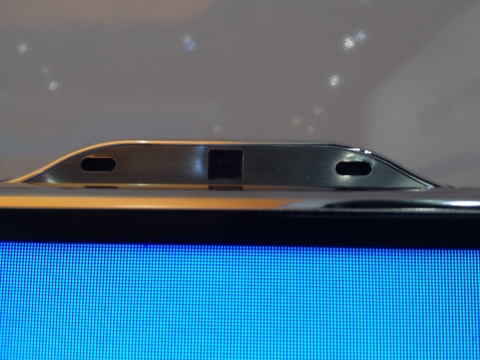As I wrote last week, Samsung and LG are following Microsoft’s lead in future interfaces for the living room. Both Samsung and LG showed off future voice control and in Samsung’s case, far-field air gestures. Given what Samsung and LG showed at CES, I believe that Sony could actually beat both of them for ease of interaction and satisfaction.
HCI Matters
I have been researching in one way or another, HCI for over 20 years as an OEM, technologist, and now analyst. I’ve conducted in context, in home testing and have sat behind the glass watching consumers struggle, and in many cases breeze though intuitive tasks. Human Computer Interface (HCI) is just the fancy trade name for how humans interact with other electronic devices. Don’t be confused by the word “computer” as it also used for TVs, set top boxes and even remote controls.
Microsoft recently started using the term “natural user interface” and many in the industry have been using this term a lot lately. Whether it’s HCI or NUI doesn’t matter. What does matter is its fundamental game-changing impact on markets, brands and products. Look no farther than the iPhone with direct touch model and Microsoft Kinect with far-field air gestures and voice control. I have been very critical of Siri’s quality but am confident Apple will wring out those issues over time.
At CES 2012 last week, Samsung, Sony, and LG showed three different approaches to advanced TV user interfaces, or HCI.
Samsung
Samsung took the riskiest approach, integrating a camera and microphone array into each Smart TV. Samsung Smart Interaction can do far field air gestures and voice control. The CES demo I saw did not go well at all; speech had to be repeated multiple times and it performed incorrect functions. The air gestures performed even more poorly in that it was slow and misfired often. The demoer keep repeating that this feature was optional and consumers could fall back to a standard remote. While I expect Smart Interaction to improve before shipment, there’s only so much that can be done.
LG
LG used their Magic Motion Remote to use voice commands and search and to be a virtual mouse pointer. The mouse
pointer for icons went well, but the mouse for keyboard functions didn’t do well at all. Imaging clicking, button by button, “r-e-v-e-n-g-e”. Yes, that hard. Voice command search worked better than Samsung, but not as good as Siri, which has issues. It was smart to place the mic on the remote now as it is closer to the user and the the system knows who to listen to.
Sony
Sony, ironically, took the safe route, pairing smart TVs with a remote that reminded me of the Boxee Box remote which has a full keypad one side. Sony implemented a QWERTY keyboard on one side and trackpad on the other side which could be used with a thumb, similar to a smartphone. This approach was reliable in a demo and consumers will use this well after they stop using the Samsung and LG approaches. The Sony remote has microphone, too which I believe will be enabled for smart TV once it improves in reliability. Today the microphone works with a Blu-ray player with a limited command dictionary, a positive for speech control. This is similar to Microsoft Kinect where you “say what you see”.
I believe that Sony will win the 2012 smart TV interface battle due to simplicity. Consumers will be much happier with this more straight forward and reliable approach. I expect Sony to add voice control and far field gestures once the technology works the way it would. Sony hopes that consumers will thank them too as they have thanked Apple for shipping fully completed products. Samsung and LG’s latest interaction models as demonstrated at CES are not ready to be unleashed to the consumers as they are clearly alpha or beta stage. I want to stress that winning the interface battle doesn’t mean winning the war. Apple, your move.



